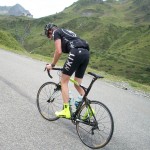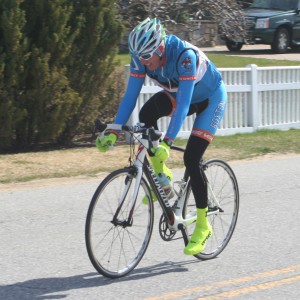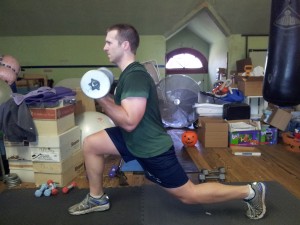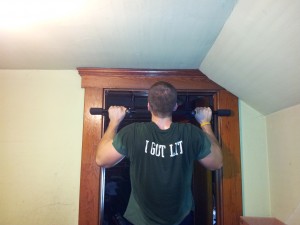By guest KIT blogger, Dave Andersen
 I was going to post a simple twitter note about being grateful and taking stock as I reached the halfway point of my racing (cycling) season. Then I got to thinking that this thought deserved more than 40 characters. Truth is, so far so good for me in 2012. In the first 6 months of the year I’ve cycled 9,000 kilometers, raced 19 times, worked countless hours at the office, and even met a nice lady. Over those six months I’ve been jostled with “close-calls” a few times while on the bike and even crashed once in a criterium. I always walked away physically unscathed, but knowing that others haven’t been as fortunate (my thoughts are with you) has given me an appreciation for my season and life thus far.
I was going to post a simple twitter note about being grateful and taking stock as I reached the halfway point of my racing (cycling) season. Then I got to thinking that this thought deserved more than 40 characters. Truth is, so far so good for me in 2012. In the first 6 months of the year I’ve cycled 9,000 kilometers, raced 19 times, worked countless hours at the office, and even met a nice lady. Over those six months I’ve been jostled with “close-calls” a few times while on the bike and even crashed once in a criterium. I always walked away physically unscathed, but knowing that others haven’t been as fortunate (my thoughts are with you) has given me an appreciation for my season and life thus far.
Further 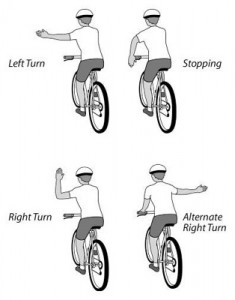 reflection has me reminding myself to keep endurance sports in perspective. I love to go out and hammer and feel the endorphin rush. Feels…So…Good. But I have to remember that I need to do so safely. After all, A) I have loved ones who want me in one piece, B) people are counting on me at work, and C) I’m an amateur (no ones paying me if I get injured!) So I I try to be mindful of my surroundings (traffic, weather, etc)and vigilant with my fellow riders to keep it tight at all times. I make it a point to follow the “rules of the road” and to wear something bright, use a light, and go slow and easy when in congested areas.
reflection has me reminding myself to keep endurance sports in perspective. I love to go out and hammer and feel the endorphin rush. Feels…So…Good. But I have to remember that I need to do so safely. After all, A) I have loved ones who want me in one piece, B) people are counting on me at work, and C) I’m an amateur (no ones paying me if I get injured!) So I I try to be mindful of my surroundings (traffic, weather, etc)and vigilant with my fellow riders to keep it tight at all times. I make it a point to follow the “rules of the road” and to wear something bright, use a light, and go slow and easy when in congested areas.
I want the second half of my year to go as well as the first, and I wish the same for you. If you haven’t already done so, take a moment to reflect, be grateful, hug your loved ones, and be safe. And above all, keep it tight.
Dave
——————-
*Dave Andersen lives in Boston and works in the educational publishing business. He shares his passion for cycling and sport with a wide range of friends and competitors.
